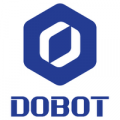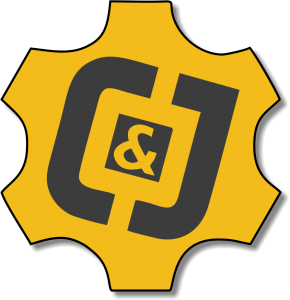14 Blockly-Curriculum
| Introduction: This curriculum was designed to teach high school and college level students the basics of robotics, as used in industry, using the Dobot Magician, DobotStudio software, and the blockly programming language. Through these activities, you will also be able to make the robot interact with other devices including, but not limited to: ● Arduino microcontrollers ● Color sensors ● Conveyor belts ● Other outputs like motors and LED’s ● VEX Cortex microcontroller ● Infrared sensors ● Other robots ● Other inputs like microswitches and sensors Introduction: Defining Artificial Intelligence A lot is being reported about artificial intelligence and robotics in industry, and it is probably one of the most controversial issues surrounding robots… If you do not understand it. The way that we wish to address it in this document depends on how it is defined. For our use here Jim and I will define it as such: Artificial Intelligence(AI): Using computers, microcontrollers, and other electronic devices to replicate intelligent behavior to automate tasks and make manufacturing more efficient. We would like to look at AI from a practical standpoint. How AI helps us in industrial robotics and automation is what intrigues us the most and what we are most passionate about. In that vein, the next question to answer then is: “How does this curriculum embody artificial intelligence?” With the above definition of AI, isn’t a lot of automation & robotics considered artificial intelligence? Take these instances of what students will be able to do with a dobot and this curriculum: ● Make a motor run forward or backwards depending on what time it is. ● Make a light bulb light up when you want it to. Better yet, make different color lights light dependent upon what you want. ● Determine what color an object is and then decide where to put it. ● Change the speed of a motor dependent upon where an object is. ● Mathematically calculate where to put the next box on a pallet, or to stack objects perfectly. ● Make a robot talk to another robot and decide when to perform certain actions. ● Make a robot talk to another device to perform a myriad of automation and manufacturing tasks. ● Make a robot 3D print a necessary part for you, or laser engrave a barcode on each passing part of an assembly line. All of these are possible with only a Dobot Magician, A microcontroller, this curriculum, a little determination, and a lot of curiosity. Introduction: Defining Industry 4.0 Here’s another term that is being widely used in Industry, and being touted as the next greatest thing in manufacturing. What does it mean? Again, we have to define it for ourselves so that we can move forward, and possible embrace it. From our limited research and knowledge of the topic we would like to define it this way: Industry 4.0: The 4th industrial revolution where manufacturing facilities employ computers, machines, and technology, that have inputs and outputs that allow them to wirelessly connect to ever larger manufacturing systems. No more is a drill press just a drill press. It may be a CNC machine that has a vision system that knows where a hole has to go as well as what size it is. Also this machine can be programmed on the fly to change rapidly if a different order comes in from a different vendor. It’ll even tell the customer when the part will be done, and in some instances, some factories will even let customers watch their parts being produced via webcam. The list of tasks above in the definition of AI are all within reach of high school and college students alike, and aren’t these tasks all a part of Industry 4.0? With a Dobot Magician, this curriculum, and a bunch of spare parts, computers, and some ingenuity, students will definitely be headed in the right direction towards being a part of the future of Industry; no matter what it’s called when they graduate. |
![]()




